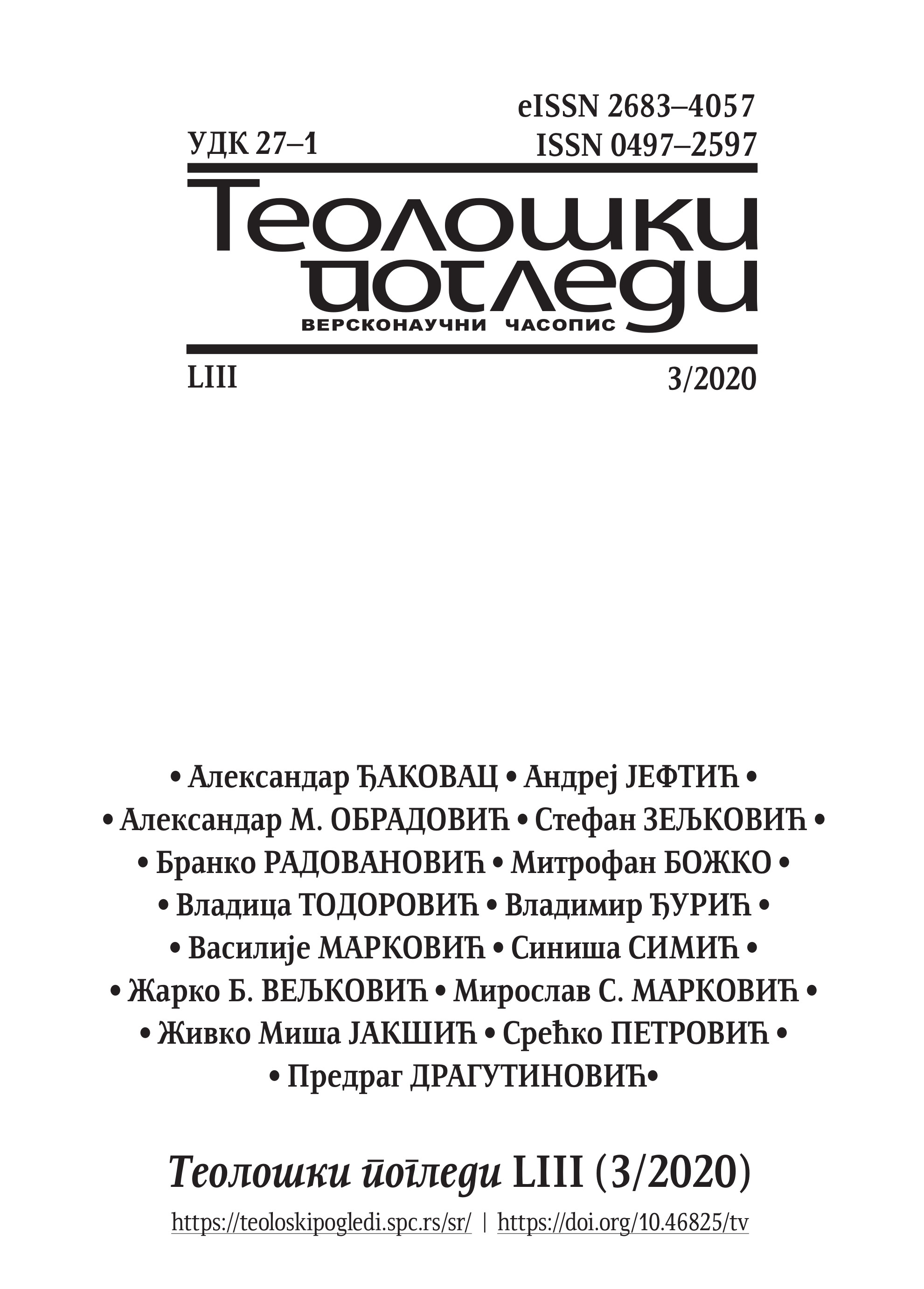Западна црква у постимперијалном периоду (476–526)
Western Church in the Post-Imperial Period (476–526)
Author(s): Stefan ZeljkovićSubject(s): History of Church(es), History of Religion
Published by: Свети Архијерејски Синод
Keywords: Rome; Roman law; Western Church; papal primacy
Summary/Abstract: We will explore the position of the Church in a disintegrated society after the fall of the Western Roman Empire, its mediating role between barbarian invaders and Roman natives. Finally, we will outline the impact of Roman state-legal heritage on ecclesiology and the further history of the Church in the West. The disappearance of the state structure allowed the Church to expand its sociopolitical role. Newly arrived inhabitants inevitably had to embrace a developed culture — a Roman one. The primary carrier of this culture at the time, in the West, became the Church. Bishops became secular functionaries with extensive powers. One of them, who enjoyed an earlier theological reputation — the Bishop of Rome, assuming worldly duties, laid the foundation for his spiritual and temporal dominance in Europe during the Middle Ages. At the same time, this was the beginning of the development of a different ecclesiology. Juridical and clerical mysticism that sought to centralize the Church in the West placed one person on the pedestal of the primacy and super arbitration of the universal Church — the pope of Rome. That marked the beginning of the schism with the East.
Journal: Теолошки погледи
- Issue Year: LIII/2020
- Issue No: 3
- Page Range: 687-710
- Page Count: 24
- Language: Serbian

